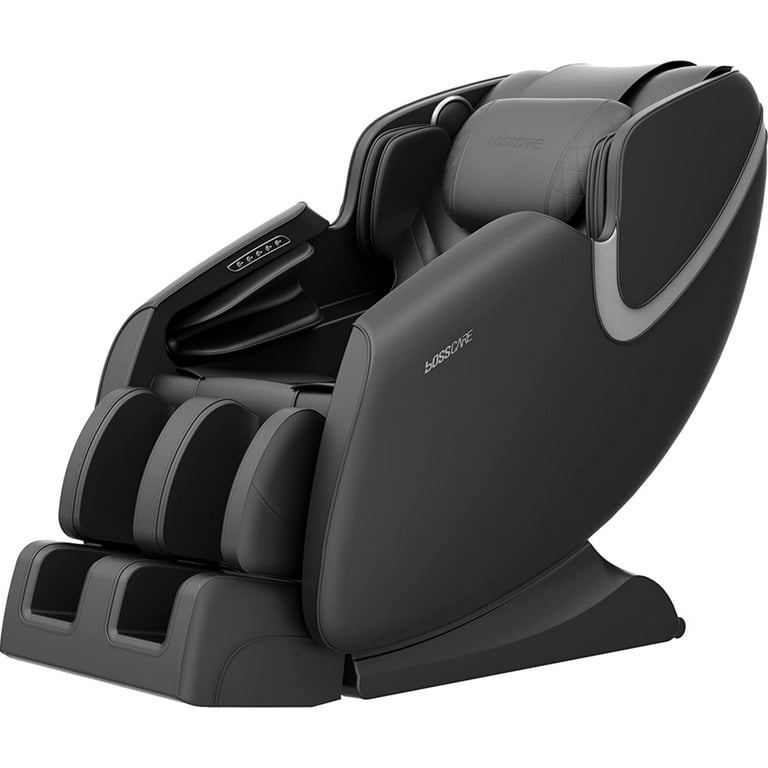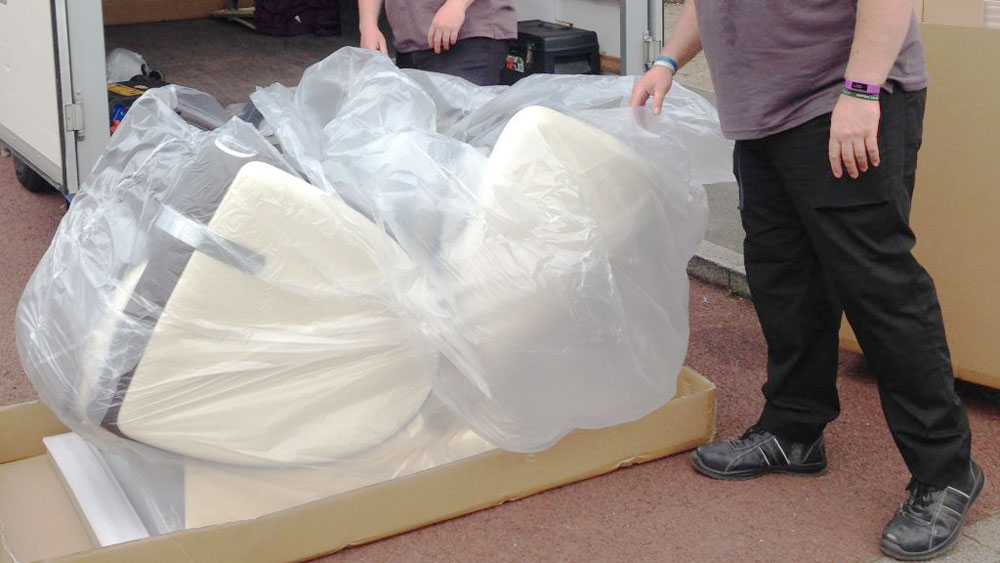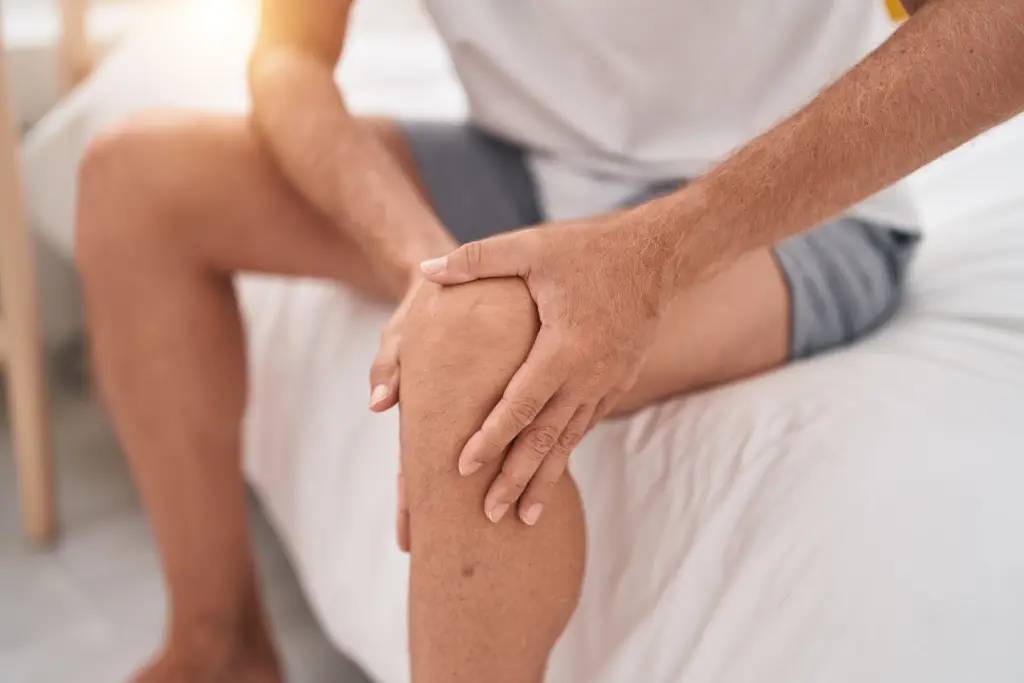Relocating a massage chair requires more than just muscle—it demands careful preparation and attention to detail. These chairs are not only heavy and bulky, but they also house sensitive mechanical and electrical components that must be protected during transport. Before you begin, disconnect the chair from its power source and remove any detachable parts to reduce weight and minimize the risk of damage.
Clear the intended path of any obstacles, and if possible, recruit a second person to assist with the move. Using a dolly or other lifting equipment is highly recommended to ensure both safety and efficiency. Whether you’re rearranging your living space or moving to a new location, taking the time to plan ahead will help preserve the integrity of your massage chair and prevent injuries during the process.

Initial Preparations For Moving Your Massage Chair
Moving a massage chair requires careful planning and preparation. To ensure a smooth transition, follow these steps before starting your move. Safety and efficiency are key. Protect your investment by preparing properly.
Reviewing The Manufacturer’s Guidelines
Begin by consulting the manual that came with your massage chair. This manual contains tailored instructions for handling. It will highlight important points like detachable components and weight distribution. This step is critical to prevent damage.
- Identify special disassembly instructions.
- Note safety warnings specified by the manufacturer.
- Check if warranty details mention moving procedures.
Related Post: Best Massage Chairs: Reviews & Buyer’s Guide
Assembling The Right Tools And Materials
Gather the necessary tools and materials for moving your chair safely. You might need a few items, such as a furniture dolly, moving blankets, or straps. These items ensure secure transport.
| Tool/Material | Purpose |
|---|---|
| Furniture Dolly | To carry the chair with ease. |
| Moving Blankets | To protect surfaces from scratches. |
| Straps | To secure the chair during movement. |
| Screwdrivers (If Necessary) | For disassembly and reassembly. |
Ensure all materials are close at hand before starting. Always use high-quality, sturdy tools to handle your massage chair’s weight. Prepare well to make your move as stress-free as possible.

Credit: blog.osim.co.uk
Disassembling The Massage Chair
Disassembling a massage chair can feel like a daunting task. Yet, with the right approach, it turns into a smooth process. By carefully taking apart your chair, you protect its components for a safe move. Follow these steps to efficiently disassemble your massage chair.
Step-by-step Disassembly
- Unplug the massage chair from the electrical outlet to ensure safety.
- Consult the user manual. It’s your best guide on how to take the chair apart.
- Remove any attachments. This includes cushions, straps, or accessories.
- Look for locking mechanisms. Release these to detach the parts smoothly.
- Separate the main components. Usually, this starts with the backrest and moves on to the seat.
- Use proper tools. Sometimes, you’ll need a screwdriver or wrench. Use them as directed in the manual.
- Keep power cords and remote controls together. These are critical for reassembling.
Organizing And Labeling Components
As you remove parts, keep track of each piece. This will make reassembly easier. Handle with care to prevent any damage.
- Use resealable bags for small parts. Think screws, bolts, or brackets.
- Label each bag. Write down where the parts belong. This saves time later.
- Group related components. Keep all parts from the armrests together, for example.
- Snap pictures as you go. This helps recall what goes where.
- Use bubble wrap or blankets for delicate parts. Secure them well during the move.
Protecting The Massage Chair Components
Moving a massage chair requires special care. The components inside are delicate. Without proper protection, these parts could suffer damage. This section will guide you through safeguarding each component during the move.
Securing Loose Parts
Before moving, check for any loose parts. These parts could include massage rollers, remote controls, or power cords. Secure them with durable tape or wrap them in bubble wrap. For screws and bolts, use a bag and tape it to the chair.
Cushioning For Transit
Cushioning is crucial for safe transit. Use bubble wrap for outer protection. Cover delicate areas like the display panel and massage heads. Wrap the chair in moving blankets. Secure the blankets with packing tape. This will help absorb shocks during the move.
- Use bubble wrap: Cover each component individually.
- Moving blankets: Wrap the entire chair.
- Packing tape: Keep the blankets in place.
Following these tips can help protect your massage chair. This ensures your massage chair arrives in perfect condition.
Choosing The Right Transportation Method
Successfully moving a massage chair hinges on selecting the right transportation method. This crucial step will ensure your chair reaches its destination unscathed. Let’s dive into the details of how to evaluate your moving options.
Assessing Vehicle Space And Dimensions
Begin by measuring your massage chair. Take note of the height, width, and depth. Now, measure the interior of your potential transport vehicle. Ensure the dimensions align. You want enough room for your chair. Remember to account for any moving blankets or padding you’ll use. These are essential for protection during transit. Consider using the following table format to keep your measurements organized:
| Measurement | Massage Chair | Vehicle Interior |
|---|---|---|
| Height | Enter chair height here | Enter vehicle height here |
| Width | Enter chair width here | Enter vehicle width here |
| Depth | Enter chair depth here | Enter vehicle depth here |
Check the fit. If the chair doesn’t fit, you’ll need a larger vehicle.
When To Hire Professional Movers
Sometimes, personal vehicles don’t suffice. Professional movers can help. Assess these factors:
- Chair Size: Large or heavy chairs require professional tools.
- Stairs and Doors: Movers navigate these obstacles with ease.
- Risk of Damage: Pros minimize the risk with expertise.
- Your Ability: Lack the strength or experience? Movers are a go-to.
Research local moving companies. Look for ones with experience in moving heavy furniture. Check their reviews. Secure insurance for peace of mind. If in doubt, it’s safer to invest in professional services. Your massage chair is a valuable investment. Protect it during your move.
Reassembling Your Massage Chair
Putting your massage chair back together might seem daunting. Follow these steps to ensure a safe and efficient assembly. The comfort of your next massage session depends on it!
Following The Assembly Instructions Carefully
- Locate the manufacturer’s manual. It’s your go-to guide for correct assembly.
- Identify and sort all parts. It prevents confusion during the process.
- Use the right tools. This will save time and prevent damage.
- Follow each step without skipping. It’s vital for the chair to function properly.
If the manual is missing, seek a digital copy. Most manufacturers have them online.
Testing The Chair After Reassembly
Before getting comfortable, perform a thorough test of the chair. Here’s how:
- Check the power connection. Make sure it’s secure.
- Test all functions one by one. Ensure each works as intended.
- Listen for unusual noises. Any strange sound could signal a problem.
- Sit in the chair. Feel for balance and stability.
- Inspect for loose screws or parts. Tighten them if necessary.
Testing assures you of a safe and relaxing experience.
Taking these careful steps guarantees your massage chair’s optimal performance. It assures you of many stress-free moments ahead. Remember, the goal is to have a working chair, not just an assembled one. Good luck!

Credit: www.panettapt.com
Tips For Ensuring Ongoing Care Post-move
Moving a massage chair requires more than just physical relocation. After the move, proper care ensures longevity and peak performance. These tips guarantee your massage chair stays in top shape, ready to relieve your stress anytime.
Regular Maintenance Checks
Consistent upkeep is vital for a massage chair’s durability. Follow these maintenance steps:
- Inspect cords and plugs for damage or wear.
- Wipe down surfaces with a soft, dry cloth.
- Check moving parts for smooth operation.
- Look over the upholstery for tears or stains.
Troubleshooting Common Issues After Moving
Transit can cause unexpected issues. Here’s a quick guide to identify and fix common problems:
| Issue | How to Troubleshoot |
|---|---|
| Chair not powering on | Verify connection to outlet and inspect power cable. |
| Abnormal noise | Remove obstructions and lubricate moving parts if necessary. |
| Control panel issues | Reset the chair or consult the manual for specific errors. |
| Weak massage function | Check for dislodged components and ensure they are properly seated. |
Frequently Asked Questions
Can You Dismantle A Massage Chair For Moving?
Most massage chairs can be dismantled for easier transportation. Consult the manual for specific disassembly instructions. Remove any detachable components first, then carefully separate larger sections, if feasible, ensuring you keep all screws and parts for reassembly.
What’s The Safest Way To Transport A Massage Chair?
Use a moving dolly or hand truck for transport. Secure the chair with straps to prevent movement. If possible, wrap it in moving blankets for extra protection during transit. Ensure the path is clear of obstacles to avoid damage.
How Heavy Is A Typical Massage Chair?
A typical massage chair can weigh between 100 to 300 pounds. The exact weight depends on the model and features it includes. Always check the specifications of your chair for the precise weight to plan the logistics of your move accordingly.
Can I Move A Massage Chair By Myself?
Moving a massage chair alone is not recommended due to its weight and bulkiness. Enlist at least one or two strong helpers to avoid personal injury or damage to the chair. Use proper lifting techniques to ensure safety.
Conclusion
Moving a massage chair doesn’t have to be a back-breaking task. With the right approach and preparation, you can transport your oasis of relaxation safely and efficiently. Remember these steps: secure loose parts, use the buddy system, and protect the chair with blankets.
Your comfort should never be compromised by a move. Tackle the challenge confidently, and soon you’ll be enjoying a soothing massage in your new space.
